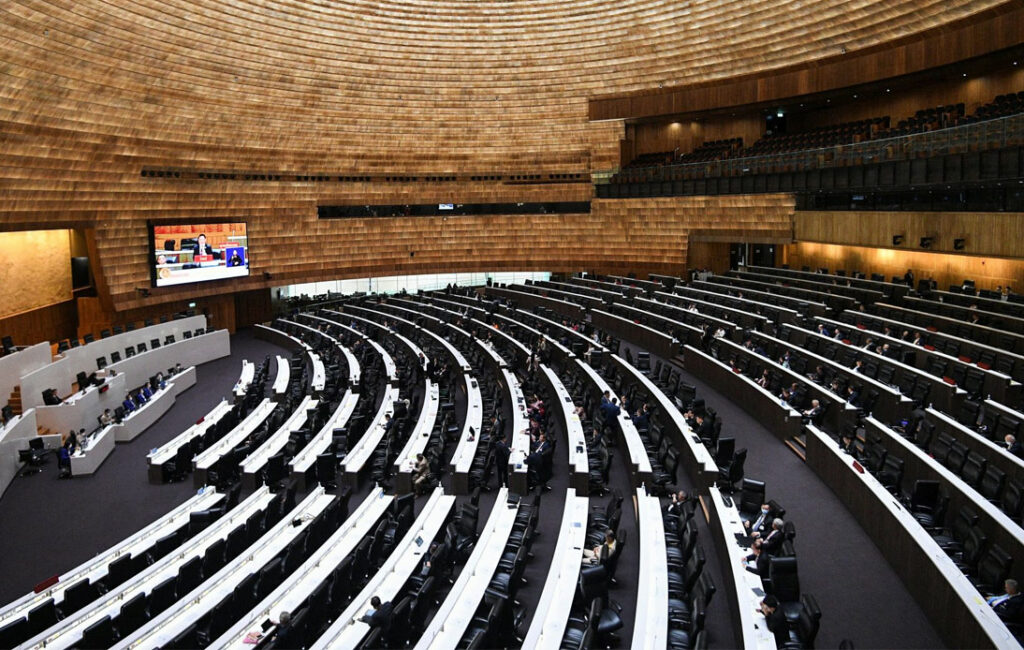
During this year’s second quarter, Thailand has recorded its lowest unemployment rate since the pandemic broke out in early 2020, showing that the local economy has gained momentum to recover from the health crisis’ impact.
On Friday, the National Economic and Social Development Council (NESDC)’s secretary-general Danucha Pichayanan stated that unemployment in the second quarter totaled 550,000, accounting for 1.37% of the 39.8-million labor force. The figure is also 1.53% below the rate registered in the first quarter.
Before the pandemic, Thailand’s unemployment rate hovered around 1%, but it rose to 1.69% in 2020 and 1.93% in 2021 amid lockdown-induced staff cuts and closures.
However, during the second quarter, the number of employed individuals stood at 39 million, 3.1% more year-on-year.
The improvement in the unemployment rate is attributed to job growth in the non-agricultural sector and suggests that the domestic economy is recovering after two difficult years, Mr. Anucha said during a press conference on the “Thailand’s Social Outlook in the Second Quarter of 2022” report.
According to the latest official reports, during that period, the non-agricultural sector employed 27.4 million people, accounting for an increase of 4.9% over the same period last year. The manufacturing, wholesale/retail and transportation/warehousing sectors grew by 6.1%, 12.1% and 4.9%, respectively.
The NESDC’s secretary-general said the economic recovery has led to an increase in demand for workers from the private sector, especially for migrant workers.
Authorities have not imposed regulations on hiring foreign employees so far. Government figures showed there are 2.2 million migrant workers in Thailand today.
Before the pandemic, the number exceeded 3 million, but it depends on the private sector’s demand.
Moreover, households’ debt increased at a slower pace in this year’s first quarter. During that period, it amounted to 14.7 trillion baht, accounting for a 3.6% year-over-year increase.
However, the debt’s growth pace is lower, compared to the 3.6% year-on-year recorded last year’s final quarter. Considering GDP, the debt was 89.2%, down from 90% in last year’s fourth quarter.
The report showed that debt repayment capacity had remained stable and that consumers did not accumulate more debt due to concerns about the Covid-19 situation and the economic downturn.
Moreover, the non-performing consumer loans ratio stood at 2.78% following financial entities’ assistance measures and debt restructuring.




















